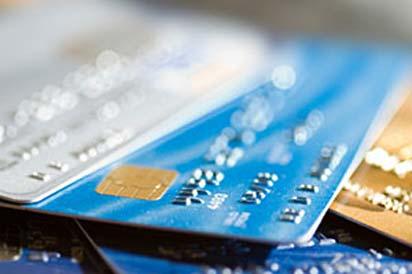VA home loans have their own unique suite of approval guidelines. When a VA lender approves a VA loan request, as long as the lender followed all the VA guidelines, the loan is eligible for the coveted VA home loan guarantee which lenders like.
VA loans also require the lender to verify the borrower has a responsible credit history but does not require a minimum credit score. Lenders however, do use credit scores when approving VA loan applications with most lenders requiring a minimum score of 620 to640.
If someone's credit score is below that number, the lender may not be able to approve the loan. When credit scores need to be improved, how can a VA borrower repair those scores in the most efficient manner possible?
Credit Score Composition
The Fair, Isaacs Corporation, commonly referred to as FICO, developed an algorithm that all three major credit agencies use to calculate a credit score. The terms FICO and credit scores are interchangeable. The FICO method reviews five different categories, with each category weighted.
- Payment History 35%
- Available Credit 30%
- Length of Credit 15%
- Types of Credit 10%
- Credit Inquiries 10%
Payment History
The category that affects a credit score the most belongs to the payment history of the borrower. The scoring algorithm determines that if the borrower's payments were made on time and if they weren't, how late were they? Late payments are noted in terms of more than 30 days late, more than 60 and more than 90. If a payment is more than 30 days late, the scores will drop. If a made payment is more than 60 days late, the scores fall even more. More than 90? Further still.
This category accounts for more than one-third of the total credit score and late payments will impact the score more than any single category. If an account is not paid and it goes into collection or charged off? Credit scores plummet.
Available Credit
This category, carrying 30 percent of the credit score load, is an interesting one. The definition of available credit is the amount of outstanding credit accounts compared to the credit limit assigned to the account and expressed as a percentage.
For example, a credit card has a $5,000 balance and a $10,000 credit line. The amount borrowed is equal to 50 percent of the line of credit extended. For a $1,000 outstanding balance, the percentage is 10 percent, and so on.
The ideal amount appears to be approximately 30 percent of the credit limit. In this example, the ideal balance that will increase credit scores is $3,000. It's interesting to note here, that scores actually improve whereas an account with a zero balance will have little to no impact. If you think about that, it makes sense. How can a creditor evaluate your credit if you've never charged anything?
As the balance however increases, the credit scores will be affected. If the balance goes and stays at 50 percent, credit scores will fall. If the balance goes to and remains at 80 percent, scores fall further still and severely damaged if the loan balance exceeds the credit line, even if temporarily.
The Fast Path
The fastest way to repair credit scores for a VA loan is to concentrate on the first two categories, which make up 65 percent of the total score. There's nothing one can do to affect the Length of Credit portion except wait. Those with good credit over an extended period will have better scores than new borrowers. The remaining two each make for just 10 percent of the score.
First, make sure all credit payments are made on the due date or at least not more than 30 days past the due date. Second, pay outstanding credit balances down to 30 percent of the available credit. By paying attention to these two categories, soon the credit scores will rise enough to qualify for a VA Home Loan.










